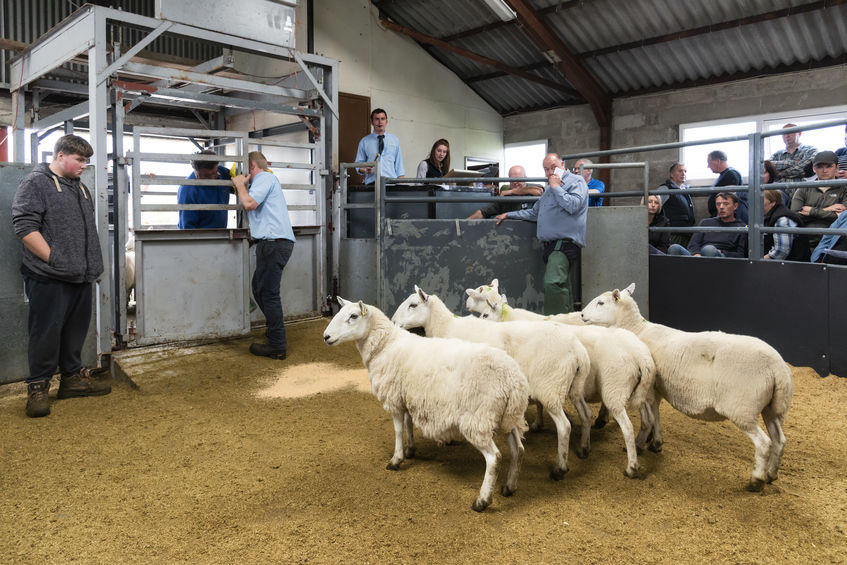
Last year saw an increase in the number of livestock sold through the live sales ring despite the challenges brought on by the pandemic.
The new figures, covering England and Wales, represent an increase in almost every sector over 2019 numbers, despite Covid-19 and a drop in production numbers in some categories.
Total turnover in 2020 was £1.8 billion, an increase of over £260m, according to the Livestock Auctioneers' Association's (LAA) annual throughput figures.
Up from 10.7 million across all livestock groups in 2019, the figures include just under 10 million sheep and over 1 million cattle sold through the live system.
Total cattle sales pushed well over the 1 million-barrier, an increase of 30,000 over 2019, with overall sheep sales up 370,000 year on year.
Significantly, despite Defra figures revealing a 3.7% drop in overall mutton and lamb production, and a 15% drop in slaughter numbers for ewes and rams, slaughter stock numbers for sheep sold through the live markets have increased by almost 5% to over 6.8 million.
Calf numbers have risen by 10,000, up to 220,000, which continue to represent the largest marketplace for all calves.
LAA executive secretary, Chris Dodds said the increased throughputs had been 'phenomenal', particularly against the backdrop of the pandemic.
"This is in a large part due to the support, understanding and patience of our vendors and buyers, and in return the live sales ring is delivering strong market prices.
"The live markets have pulled in more small and medium sized retailers and butchers during the challenges of the pandemic, by ensuring that the right stock is in place for them.
"In many respects, this has set the footprint for the future, with marts seeing lots of returning buyers and vendors to the live sales ring," he said.
But the LAA added that the figures should be offset against the considerable increase in staffing and market operational costs, and managing Covid-secure sales environments.
Livestock markets have adopted new approaches to maintain safe rings for buying and selling, with the introduction of new technology likely a feature.
Some marts have introduced real-time, online bidding platforms during their live sales, facilitating an opportunity to participate for those not physically on-site.
Timed online sales have also provided a solution when traditional live sales could not take place, proving particularly effective in machinery sales.
Mr Dodds said: “Providing this opportunity for live, distance-bidding is a strong add-on to the core business of our members, providing a competitive and transparent environment."
